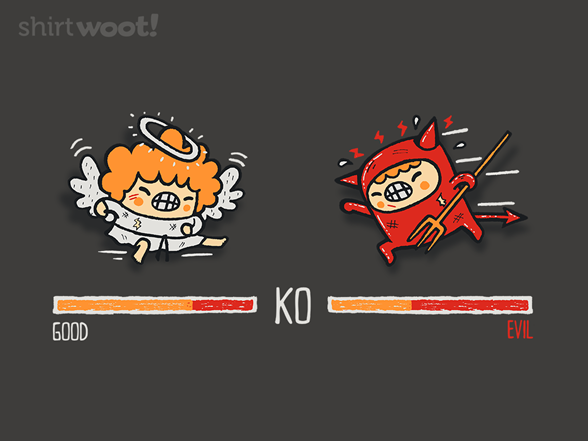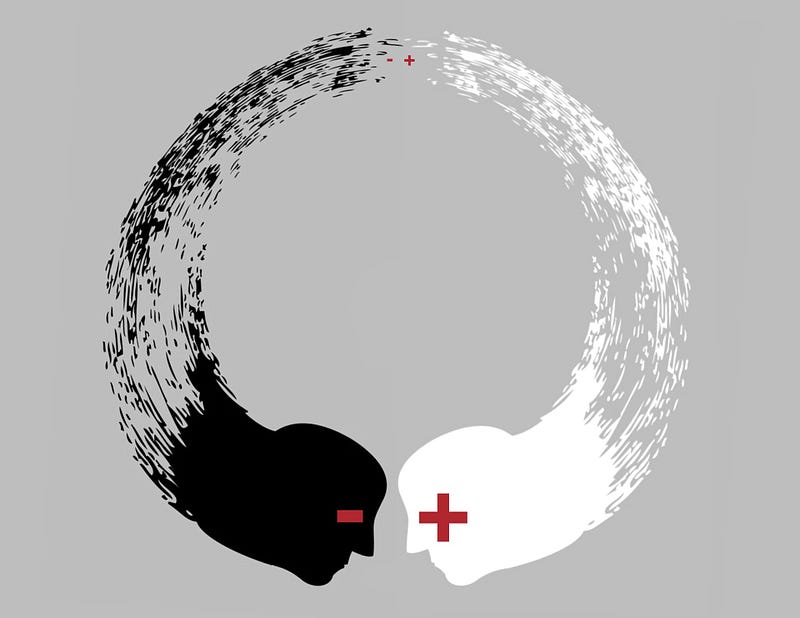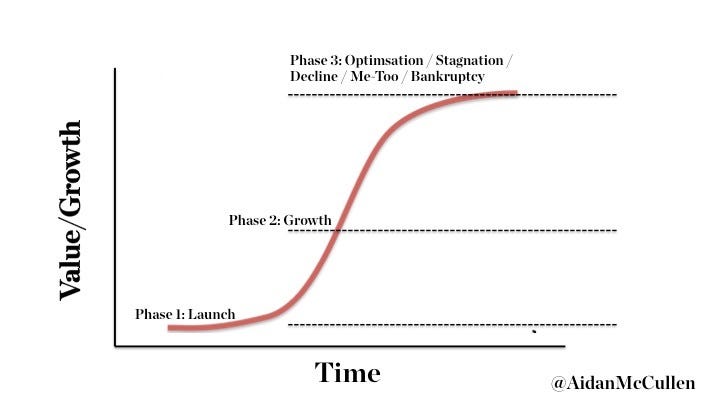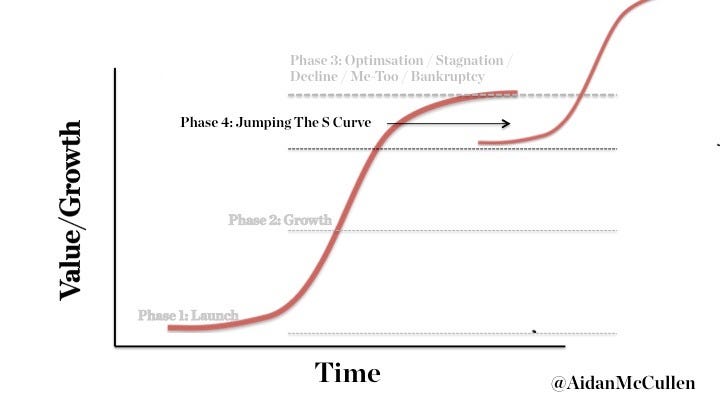
“The greater the contrast, the greater the potential. Great energy only comes from a correspondingly great tension of opposites.” — Carl Jung
The Bathtub Thought Experiment
I recently ran this thought experiment to illustrate to my children that life gives you both good and “bad” and we must learn to manage the bad and learn from it. My point was that while the world frames unfavourable experiences as “bad” experiences, they are necessary, they are “part of” favourable experiences. We need the bad, so we know what is good. The contrast gives context. Here is how it went…
Think of a Bathtub if you would (If you are in one, well, what a coincidence!) You are kneeling next to the bath which is 3/4 full of water. You have your sleeve rolled up and you place your forearm in the water. You swish the water left and right until the wave gets going with its own momentum.
Notice that on either end of the bath there is either a crest or a trough at any one time. The more momentum, the higher the crest and deeper the trough.
Now remember the bath is filled with a single mass of water, so the crest and the trough are made of the same thing. They are parts of the whole.

I find this a useful way to frame disruptive innovation, business and life.
We all know that life is full of challenges, that is a fact.
Just like waves, often the more success you have in life (the higher the crest), the bigger the challenges you experience (the deeper the trough). All in all, managing this contrast is better than having a flat lifeless ocean (life).
“Mais l’important n’est pas la chute, c’est l’atterrissage.” Hubert Koundé, La Haine (French Movie)
The important thing isn’t the fall… it’s the landing.
This embodies the essence of managing the contrasts of life.
Not one or the other, but Both
Neil Donald Walshe advises us that as soon as we desire anything in life, we manifest the exact opposite of what we want. Why? This phenomenon can be framed as positive as it creates context for what we want.
When most of us experience what we do not want we take that as a sign that it is not meant to be or we pay heed to the saying “if it is not for us, it will pass”.
However, if we were to persist, if we were to persevere and to continue to work towards what we want, we would get there.
Knowing this is ever more important in our world of instant gratification, where many children get pretty much anything they want, in a world where many of our youth know the price of everything, but the value of nothing.
Managing Shadows

We have been conditioned to think in a binary way about good and bad. The reality is given certain circumstances we are all capable of doing things that we would not be proud of. (We discuss this on the innovation show with the brilliant Dexter Dias.)
The great Alan Watts tells us that the definition of a “holy” person is not that they are religious, but they are “whole”. But what does he mean?
He means that they have recognised their darker nature and embraced it, thus becoming whole.
Carl Jung talked of integrating the shadow, this is essentially synchronising our “good” side with our “bad” side to become whole.
Jordan Peterson argues that this is necessary in human nature. We need to be able to use our darker side when required. It is not good for us to always be the nice guy. The nice guy needs a darker side, not a sinister side, but a side that can manage situations requiring the harsher side of our nature.
This manifests in life all the time. Think of a child in the schoolyard, where they learn so many life lessons.
A dilemma that faces so many parents is that they want their child to be pleasant and mannerly, but they do not want them to be taken advantage of. How do you manage such a dilemma?
Children need to be capable of engaging the correct “self” for the correct “occasion”, like the right Swiss army blade for the right job.
So much of our behaviour is still influenced by our ancient mental systems, so we must still integrate these systems into our societal behaviour.
The key for us is to master who is in the driving seat at any one time, to manage the contrast of us and our shadow.
Managing Ten”S”ions

Followers of the Thursday Thought will know that I love a good S curve. If you are familiar with S curves please skip down until after the second image below.
S curves are a great way to both describe and map the performance of a company or a product over a period of time. S curves follow the shape of the letter S with a flat growth at the bottom of the S, rapid growth comes next, followed by a dominant position in the market at the top of the S.
After market dominance, businesses or products start to plateau and experience stagnation, process optimisation, automation, job cuts and me-too propositions.
To Innovate Companies and Leaders need to manage the contrast of jumping from one S curve to another. This jump always looks like a step backwards.
When business realise they need to jump to a new curve it is often too late.
To adopt an innovation mindset, even if you are an established business, we must manage tensions. We must manage the business as it is today and the business as it “MAY be” tomorrow.
As Greg Satell shared on the innovation show, we have many maps that give us general directions. Having the map does not guarantee the destination (neither do they give us an accurate time of arrival). Moore’s law, the observation that the number of transistors in a dense integrated circuit doubles about every two years is/was such a map. Moore’s law helped Apple plan for the iPod, they could create everything needed for the iPod as they waited for Moore’s Law to catch up. Once a small enough storage drive was developed, they could finish the iPod. The Moore’s Law map gave Apple a direction.
To master a disruptive mindset means mastering the tension of managing the current business, the business that delivers consistent shareholder value, while exploring a new business that does not yet have a market, let alone a customer base.
Some contrasts that business must manage in the current landscape:
Scaleable and Agile
Global and Local
Fast and Slow
Steady and Chaotic
Disciplined and Playful
Logical and Imaginative
Evolving and Disruptive
Old and New
Tension management, as Richard Fagerlin shares on innovation show 109 is an essential leadership skill. He tells us, we all want a boss who is clear and precise, but equally we want a boss who is flexible. In essence, we need a boss who is is clear, precise and flexible, a boss who manages the contrast of empowerment and direction.
Tension is necessary, we need tension on the road to help the driver control the car.
Just like our shadow, we tend to see tension as a bad thing, some of us see tension as a problem to be solved. Some “problems” do not have solutions, they just need to be managed.
A little chaos is good for us, we need the bad to appreciate the good.
We need the jerks to appreciate the gems.
We need the failures to appreciate the successes.
We need contrast to recognise harmony.
“Each problem has hidden in it an opportunity so powerful that it literally dwarfs the problem. The greatest success stories were created by people who recognised a problem and turned it into an opportunity.” — Joseph Sugarman
THANK YOU, PLEASE HIT A THUMB SO OTHERS MIGHT SEE IT
“Trust isn’t what we do, it is what results from what we do.” — Richard Fagerlin
Of the thousands of books published each year on leadership, management, self-help, and motivation, very few offer practical tools and solutions to the number one challenge in business: TRUST.
On this episode, globally renowned speaker, consultant and author of Trustology Richard Fagerlin.
We address questions like:
What is trust?
Is trust earned?
Who is responsible for trust?
How do you grow trust with others?
What does it mean to be trustworthy?
How can I lead my team to be a high-trust team?
How do I find out how much trust my team has now?
How can team members hold each other accountable for high-trust behaviour?
How do you build trust in your children?
The premise is that both are your responsibility.
A high-trust relationship requires that you trust the other person and that they trust you back.
Have a Listen:
Soundcloud https://lnkd.in/gBbTTuF
Spotify http://spoti.fi/2rXnAF4
iTunes https://apple.co/2gFvFbO
Tunein http://bit.ly/2rRwDad
iHeart http://bit.ly/2E4fhfl
More about Richard and his work here:

